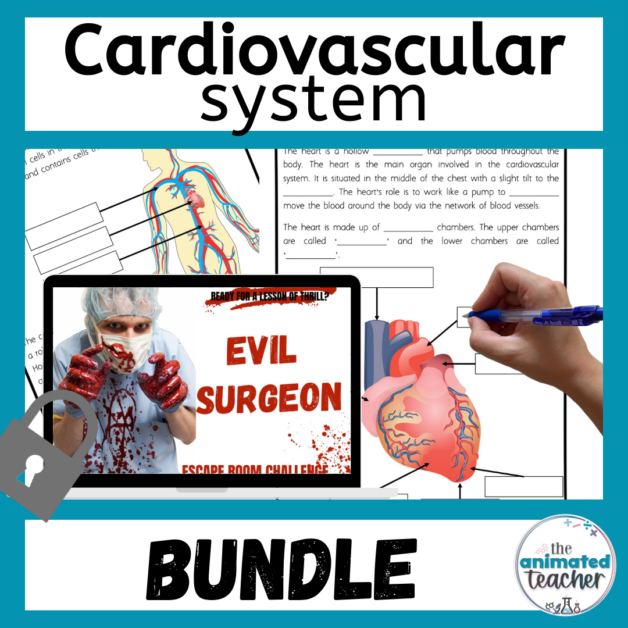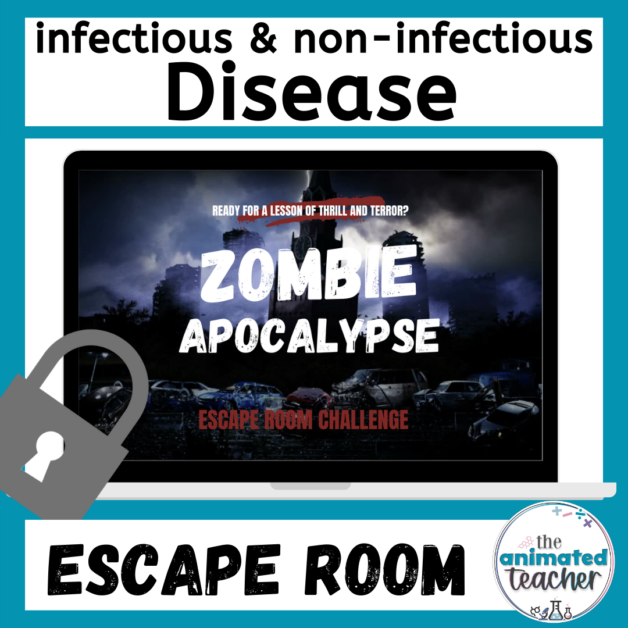
7 end of year lesson ideas to engage students
7 end of year lesson ideas to engage students
It’s heading towards the end of the term or school year. The students are exhausted. You’re exhausted. You are all ready for a break and you don’t have the energy to come up with end of year lesson ideas yourself.
When I was a beginning teacher, I struggled to keep my students engaged all the way to the end of the term. I often resorted to activities that didn’t actually benefit my students’ learning just to keep them quiet or busy.
Since then I have been working on my end-of-term strategies to ensure that each lesson is beneficial in helping students continue learning. The best part? They don’t require heaps of preparation from you! These 7 end of year lesson ideas will help keep students engaged and your sanity in tact!
So grab a coffee and relax while I share my 7 best end of year lesson ideas to engage students at the hardest time of year.
Best end of year lesson ideas for middle school

Disclaimer: This blog post, ‘7 end of year lesson ideas to engage students’, may contain affiliate links. This means I may receive a small commission on qualifying purchases. This is of no extra cost to you and it helps me to continue writing awesome content for you! Read full disclaimer here. Easy lunch ideas for teachers with recipes.
List of best end of year lesson activities
7 end of year lesson ideas to engage students
1. Continue giving clear learning intentions
At this time of the year it is imperative that students are given clear learning intentions. Apart from the researched benefits of providing a learning intention for their learning, it also communicates to them that you are serious about teaching and learning in their lessons as per usual.
2. Plan activities out of your normal repertoire
If you have a general structure to your lessons and you want to change things up for the end of year – do it! Students will be intrigued when you do something out of the ordinary and so you will capture their attention. Whether this be trying an inquiry lesson or group projects, use of videos or even dressing up!
3. Revise content in new and exciting ways
The end of year is a great time to revise key concepts without the pressure of exams and assessments. So why not make it fun?! My favourite end of year lesson ideas for revising content are digital escape rooms, printable board games and tarsia puzzles.
Here are some examples below:
These activities are great as they can be used again every year.
If you want to save yourself a couple of dollars and make them yourself then grab these FREE templates:
Without being too salesy though, it is worth spending a few dollars to save yourself the hassle! You might like to read my post on 3 best revision activities for the end of year.
4. Take your students outside
Taking students outside, even if the rest of your lesson structure stays the same in terms of teaching and activities, is often enough to make the lesson memorable for students. I always provide strict guidelines for behaviour whilst learning outdoors and make it clear that if I believe they are not acting appropriately or not engaging in the learning that I will have them back in the classroom immediately. This is usually enough to keep them in line during the outdoor lesson.
5. Focus on real-world or tangible examples
Perhaps you have had a term of learning about a concept and haven’t fully explored the real world implications or applications of it. The end of term is a perfect time for this as it helps students connect the learning to its relevance. There are multiple ways you can do this from videos to individual research projects. Best end of year lesson ideas for high student engagement
6. Make learning hands-on
As a science teacher I am always up for adding in extra experiments and hands-on activities. While not all subjects lend themselves towards this type of learning, even adding in board games and tarsia puzzles like mentioned earlier are a good alternative. If you have opportunity to do modelling with playdough, building with cardboard or even designing posters with paint, then the end of the year is a great time to utilise these kinds of activities to continue engagement.
7. Use technology for student-centred activities
One of the best activities I did with a year 7 science class towards the end of the year was having them in small groups and create a stop motion film for the formation of a landform. Stop motion films are great for students to make while showcasing their understanding of concepts. Stop motion is just one example for how technology could be used. Students could create presentations, online quizzes and animations.
Keeping the technology use as student centred also means less prep for you. In these environments you become more of a facilitator to help them reach their desired outcome.
And don’t fret if you don’t consider yourself to be ‘tech savvy’. The students will work it out and teach you! Best end of year lesson ideas for middle school
Conclusion
The end is near! Keeping students engaged at the end of the year can be the hardest part of the profession. Take a few of these end of year lesson ideas and see if they help!
I’d love to hear your feedback in the comments below!
Best end of year lesson ideas for high student engagement
Easy lunch ideas for teachers





















